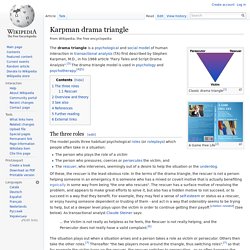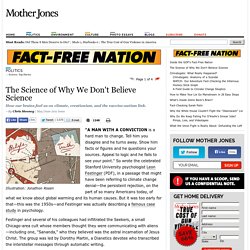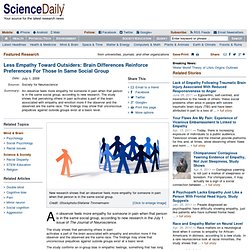

Karpman drama triangle. Classic drama triangle[1] The drama triangle is a psychological and social model of human interaction in transactional analysis (TA) first described by Stephen Karpman, M.D., in his 1968 article "Fairy Tales and Script Drama Analysis".[3] The drama triangle model is used in psychology and psychotherapy.[4][5] The three roles[edit] The model posits three habitual psychological roles (or roleplays) which people often take in a situation: Of these, the rescuer is the least obvious role.

Sleep Paralysis: page 2. Sleep Paralysis as an Anomalous REM and Dreaming: A major distinction of sleep states, for close to a half century, has been accepted between REM and NREM sleep (Aserinsky & Kleitman, 1953; Jouvet, 1967).

REM periods are characterized by desynchronized cortical characterized by low-voltage fast EEG patterns with synchronized hippocampal activity characterized by slow (4-8 Hz) theta activity (e.g., Culebras, 1994). It is also widely accepted that dreaming is more common and more vivid during REM than during NREM sleep (Dement & Kleitman, 1957). In addition to the characteristic desynchronized cortical low-voltage fast EEG activity, there are numerous physiological, behavioral, and sensory features associated with REM such as muscle atonia, gating of sensory input, rapid eye and middle ear movements, as well as heart rate and respiration changes (Carskadon & Dement, 1989; Symons, 1993). Consistently Inconsistent. Robert Kurzban's Why Everyone (Else) Is a Hypocrite: Evolution and the Modular Mind is a book about how our brains are composed of a variety of different, interacting systems.

While that premise is hardly new, many of our intuitions are still grounded in the idea of a unified, non-compartmental self. Why Everyone (Else) Is a Hypocrite takes the modular view and systematically attacks a number of ideas based on the unified view, replacing them with a theory based on the modular view. It clarifies a number of issues previously discussed on Overcoming Bias and Less Wrong, and even debunks some outright fallacious theories that we on Less Wrong have implicitly accepted. It is quite possibly the best single book on psychology that I've read. In this posts and posts that follow, I will be summarizing some of its most important contributions. The Science of Why We Don't Believe Science. Illustration: Jonathon Rosen "A MAN WITH A CONVICTION is a hard man to change.

Tell him you disagree and he turns away. Show him facts or figures and he questions your sources. Appeal to logic and he fails to see your point. " So wrote the celebrated Stanford University psychologist Leon Festinger (PDF), in a passage that might have been referring to climate change denial—the persistent rejection, on the part of so many Americans today, of what we know about global warming and its human causes.
Festinger and several of his colleagues had infiltrated the Seekers, a small Chicago-area cult whose members thought they were communicating with aliens—including one, "Sananda," who they believed was the astral incarnation of Jesus Christ. Through her, the aliens had given the precise date of an Earth-rending cataclysm: December 21, 1954. Festinger and his team were with the cult when the prophecy failed. Conformity Deindividuation. The Misconception: People who riot and loot are scum who were just looking for an excuse to steal and be violent.

The Truth: You are are prone to losing your individuality and becoming absorbed into a hivemind under the right conditions. Source: Improv Everywhere When a crowd gathers near a suicidal jumper something terrible is unleashed. In Seattle in 2001, a 26-year-old woman who had recently ended a relationship held up traffic for a little too long as she considered the implications of leaping to her death. As motorists began to back-up on the bridge and become irate, they started yelling “Jump, bitch, jump!” Cases like this aren’t unusual. In 2008, a 17-year old man jumped from the top of a parking garage in England after 300 or so people chanted for him to go for it. In San Francisco, in 2010, a man stepped onto the ledge of his apartment window and contemplated dropping from the building. The Authoritarians.
Exploding head syndrome. Less Empathy Toward Outsiders: Brain Differences Reinforce Preferences For Those In Same Social Group. An observer feels more empathy for someone in pain when that person is in the same social group, according to new research in the July 1 issue of The Journal of Neuroscience.

The study shows that perceiving others in pain activates a part of the brain associated with empathy and emotion more if the observer and the observed are the same race. The findings may show that unconscious prejudices against outside groups exist at a basic level. The study confirms an in-group bias in empathic feelings, something that has long been known but never before confirmed by neuroimaging technology. Researchers have explored group bias since the 1950s. In some studies, even people with similar backgrounds arbitrarily assigned to different groups preferred members of their own group to those of others. "Our findings have significant implications for understanding real-life social behaviors and social interactions," said Shihui Han, PhD, at Peking University in China, one of the study authors.